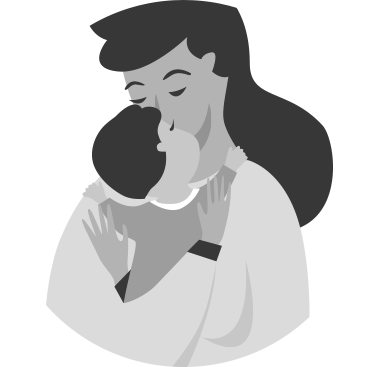The Burden of Disease
The symptoms and severity of progressive familial intrahepatic cholestasis (PFIC) can vary greatly from one person to another. However, no matter the subtype of PFIC, the rare disease journey can feel challenging for patients and their families.
Cholestatic pruritus is reported as a primary symptom in almost every patient at presentation (11% to 100%) and is still present at follow-up in the majority of patients (76% to 100%).1
This agonizing symptom often results in a significant reduction in quality of life.2

